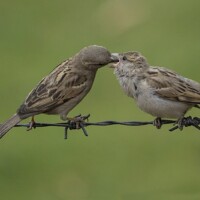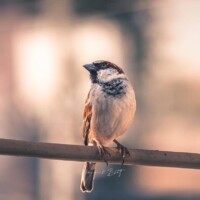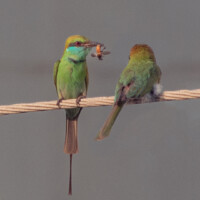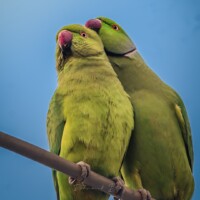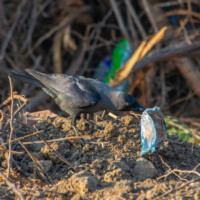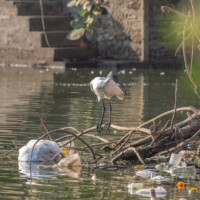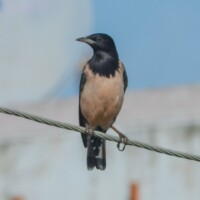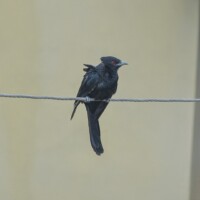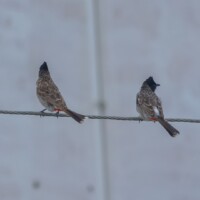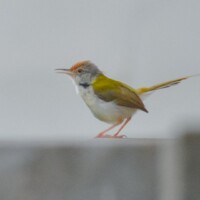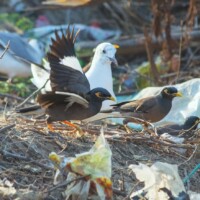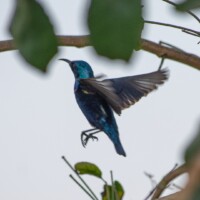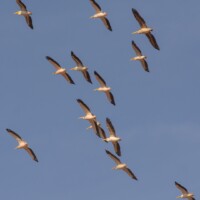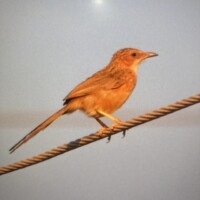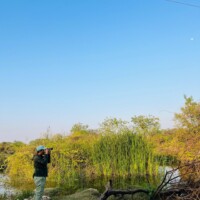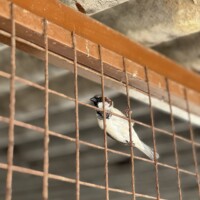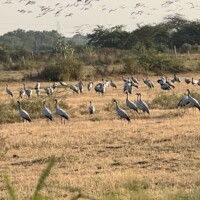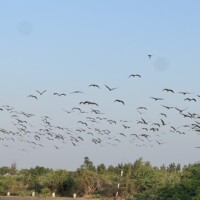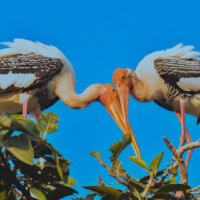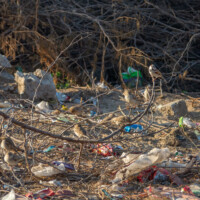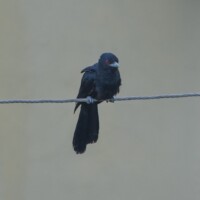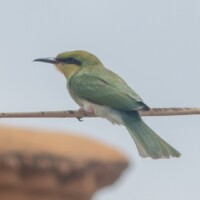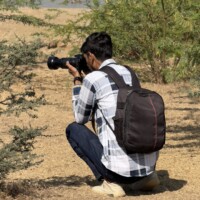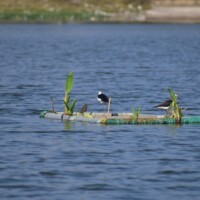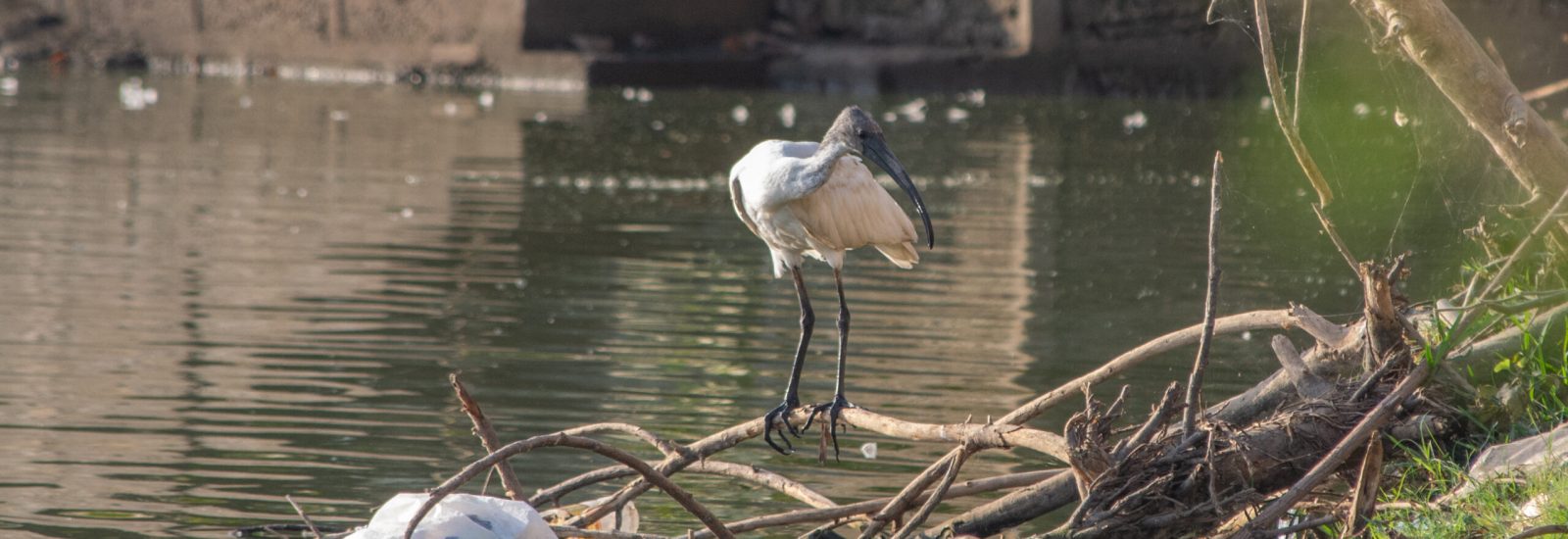
Bird Observations and Survey
Monitoring Avian Diversity and Habitat Preferences
Introduction
Kutch, often celebrated for its white salt deserts and vibrant cultural heritage, holds another lesser-known treasure—its rich and diverse birdlife. From the graceful Siberian cranes that travel thousands of kilometers to the cheerful calls of resident larks, this region is a vital sanctuary for a wide variety of bird species. Its unique geography—ranging from wetlands and marshes to dry grasslands—makes it a crucial habitat for both migratory and local birds.
At Secure Nature, we recognize that birds are more than just beautiful additions to the landscape—they are essential indicators of environmental health. A thriving bird population often signals a thriving ecosystem. With this in mind, we launched our Bird Observation and Photography Project with a clear and powerful mission:
To study, document, and protect the incredible avian life of Kutch while raising awareness about the urgent need for habitat conservation.
Through this project, we aimed not only to record bird species and behaviors but also to highlight the importance of preserving the ecosystems they depend on.
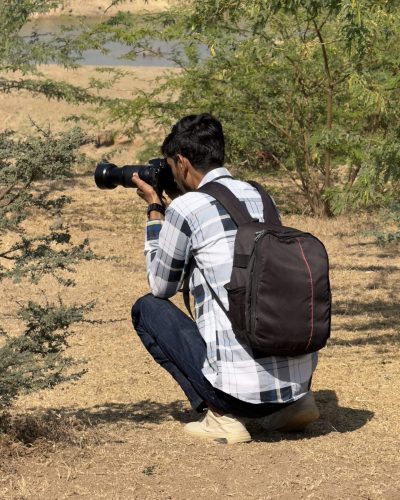
Why We Started This Project
Birds are not only some of the most visible wildlife around us—they’re also among the most sensitive indicators of environmental change. A decline in bird populations often signals deeper issues in the ecosystem, from pollution to habitat loss.
In Kutch, these warning signs are becoming harder to ignore. The region’s rich bird habitats—wetlands, marshes, and grasslands—are under increasing pressure from urban expansion, pollution, unsustainable development, and the growing impacts of climate change.
In response, Secure Nature launched the Bird Observation and Photography Project with three key goals:
To document the avian biodiversity of the Kutch region through field surveys and photographic records
To raise public awareness about the importance of preserving bird habitats and ecosystems
To promote citizen involvement in conservation through education and engagement
Through this initiative, we aim to highlight Kutch’s crucial role as a safe haven for both migratory and resident bird species, and to inspire collective action to protect it.
Our Approach: Observation, Photography, and Education
To truly understand the avian richness of Kutch, our team carried out extensive fieldwork across the region’s diverse landscapes—wetlands, grasslands, marshes, riversides, and semi-arid zones. Armed with binoculars, cameras, and notebooks, we spent weeks observing, recording, and photographing birdlife in their natural habitats.
Here’s what we accomplished:
🐦 Recorded 75+ bird species, including both resident birds and long-distance migratory visitors
📸 Photographed over 45 species, capturing key traits like plumage details, flight patterns, feeding styles, and habitat preferences
🌍 Identified 4–5 rare species, emphasizing the ecological importance of Kutch as a refuge for vulnerable birds
👀 Documented unique behaviors, including courtship dances, nest-building techniques, group foraging, and social flock dynamics
This project blended scientific observation with visual storytelling, allowing us to make complex ecological information accessible to both researchers and the wider public. By pairing data with powerful imagery, we created a more engaging and relatable narrative around bird conservation.
Project Coverage Areas
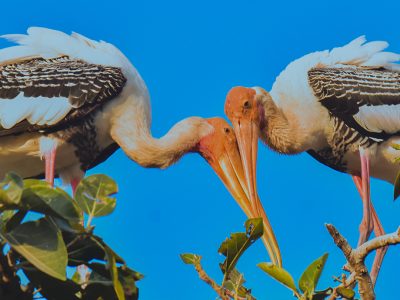
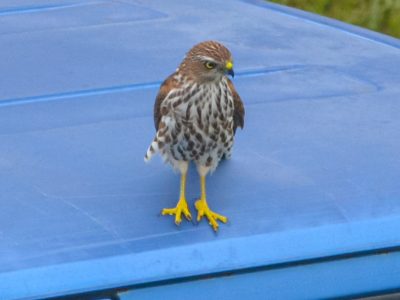
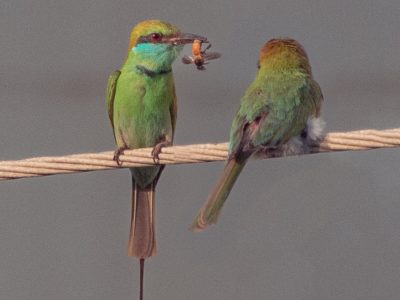
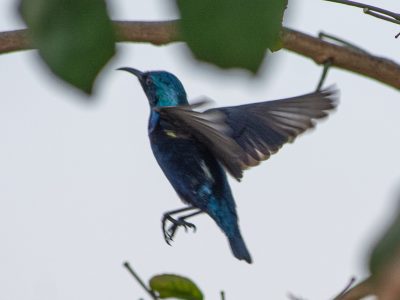
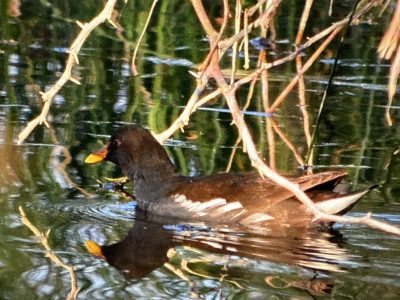
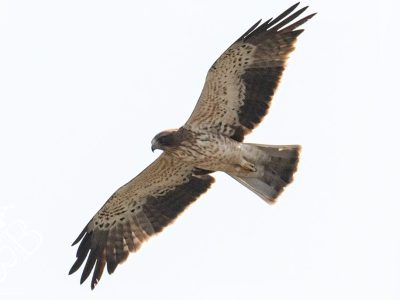
Project Highlights
Diverse Bird Life
One of the most striking discoveries was the incredible diversity of bird species we encountered. From the majestic flamingos to tiny warblers, our team observed over 75 species. What makes this even more remarkable is that many of these birds travel thousands of kilometers—from as far as Europe and Siberia—to rest and breed in Kutch. This underlines the region’s critical role as an international stopover for migratory species.
Unique Behaviors
Beyond just identifying species, we had the privilege of observing some truly fascinating behaviors. Birds put on elaborate mating dances, worked together to forage, built intricate nests, and engaged in social interactions that showed their intelligence and adaptability. Every behavior was a small window into a rich, interconnected ecosystem that thrives when undisturbed.
Habitat Importance
Our fieldwork spanned across a variety of landscapes—lakes, rivers, marshlands, grasslands, and semi-arid regions.
What we learned is clear: each ecosystem supports a different group of birds, and all are essential. The survival of both common and rare species depends on protecting this mosaic of habitats.
Challenges We Faced
While the project was rewarding, it wasn’t without its difficulties:
Remote terrain made access to key habitats physically challenging
Climate conditions, including extreme heat and dryness, tested both equipment and endurance
Disturbance to habitats due to nearby human activities sometimes limited observations
Lack of awareness in some local communities about the importance of these species
Despite these hurdles, our team remained committed, adapting to each challenge with resilience.
Our Vision Going Forward
This project marks just the beginning of our journey. While our initial findings have shed light on the rich birdlife of Kutch, true conservation requires long-term commitment.
At Secure Nature, we are now expanding our efforts to ensure lasting protection for both birds and their habitats.
Our next steps include:
Continued Monitoring: Launching regular bird surveys and biodiversity assessments to track population trends, migration shifts, and ecological changes over time.
Habitat Restoration: Actively working to restore degraded wetlands, protect nesting grounds, and support reforestation efforts that create safe spaces for bird communities to thrive.
Community Engagement: Empowering local communities through education, citizen science, and eco-tourism—transforming bird conservation into a shared responsibility and source of pride.
We envision a future where the people of Kutch are not just observers, but guardians of their natural heritage—protecting the birds, the ecosystems they depend on, and the environmental balance they help maintain.
What You Can Do
You don’t need to be a scientist to protect birds. Here are a few ways you can help:
Join birdwatching groups or citizen science platforms like eBird
Support local conservation NGOs and initiatives like ours
Avoid using pesticides in gardens and farms—they harm bird populations
Plant native trees and maintain water sources for birds
Spread awareness—talk about birds and their role in ecosystems
Conclusion
Birds connect continents, cultures, and ecosystems. Their journeys across skies and seasons remind us of nature’s incredible rhythm, resilience, and interdependence. Through this project, we’ve witnessed how Kutch serves as a vital lifeline—not just for birds, but for the broader web of biodiversity it supports.
At Secure Nature, we remain deeply committed to protecting these winged ambassadors of the wild. But conservation is not a one-organization job—it’s a collective mission.
We invite you to be part of this journey.
Because when we protect birds, we’re not just saving species—we’re preserving ecosystems, securing food chains, and safeguarding the planet we all share.

